HOW TO ENJOY SAKE
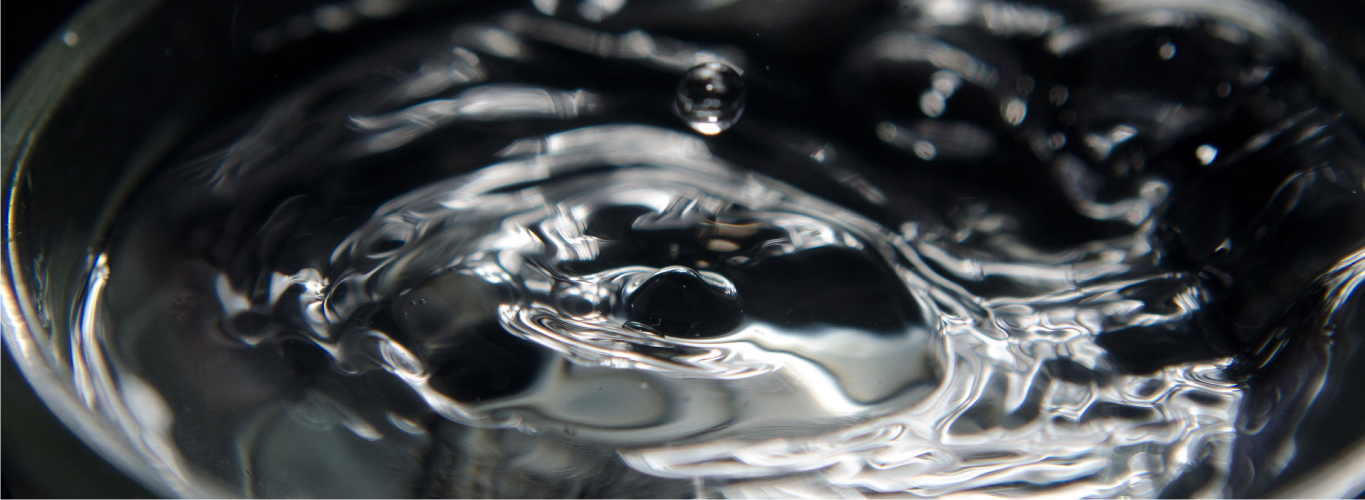
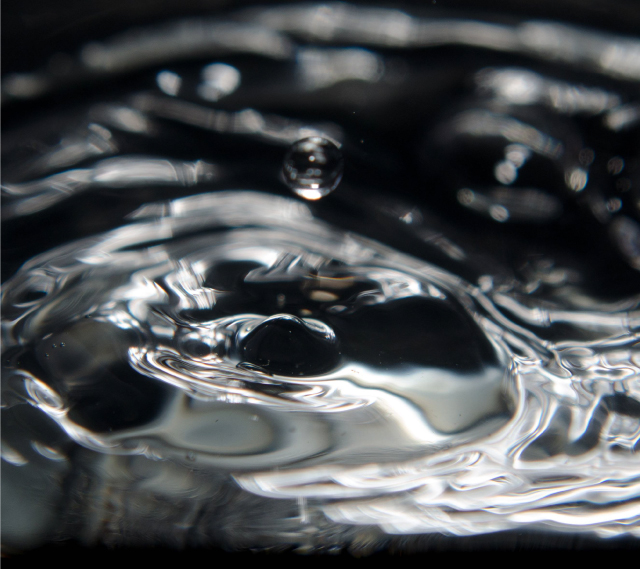
Enjoy Japanese Sake Chilled or Hot, at a Variety of Temperatures.
Japanese Sake can be enjoyed at a variety of temperatures ranging from 0ºC to around 50ºC. The perfect temperature range will depend on the type of Sake, with each temperature range given a beautiful name.
■Yuki-Bie (Snow cold)
【Drinking Temperature】
5℃=41℉
【Bottle Temperature】
Bottle temperature hard to discern by touch
【Aroma/Flavor】
Subtle aroma
■Hana-Bie (Fridge cold)
【Drinking Temperature】
10℃=50℉
【Bottle Temperature】
Bottle temperature hard to discern by touch
【Aroma/Flavor】
Subtle aroma
■Ryo-Bie (Slightly cold)
【Drinking Temperature】
15℃=59℉
【Bottle Temperature】
Bottle temperature hard to discern by touch
【Aroma/Flavor】
Subtle aroma
■Hiya (room temp)
【Drinking Temperature】
20℃=68℉
【Bottle Temperature】
Bottle temperature hard to discern by touch
【Aroma/Flavor】
Subtle aroma
■Hinatakan (Sunny spring day)
【Drinking Temperature】
30℃=86℉
【Bottle Temperature】
Bottle temperature hard to discern by touch
【Aroma/Flavor】
Subtle aroma
■Hitohadakan (body temp)
【Drinking Temperature】
35℃=95℉
【Bottle Temperature】
Warm to touch
【Aroma/Flavor】
Flavor spreads across the palate.Pleasant aroma of rice and koji
■Nurukan (lukewarm)
【Drinking Temperature】
40℃=104℉
【Bottle Temperature】
Not quite hot to touch
【Aroma/Flavor】
Strong aroma
■Jokan (warm)
【Drinking Temperature】
45℃=113℉
【Bottle Temperature】
Steam should appear when pouring
【Aroma/Flavor】
Intense aroma
■Atsukan (hot)
【Drinking Temperature】
50℃=122℉
【Bottle Temperature】
Steam should rise from the bottle and be hot to touch
【Aroma/Flavor】
Crisp, dry flavor with a sharp aroma
■Tobikirikan (piping hot)
【Drinking Temperature】
55℃=131℉
【Bottle Temperature】
Bottle should be hot to touch
【Aroma/Flavor】
Sharp aroma with a dryer flavor
When drinking Japanese Sake cold, pour it into a glass for that cool, refreshing effect. For warm Sake, we recommend porcelain or ceramic, materials that give a sense of the warmth of the earth. Another elegant practice in Japan is to drink Sake from green bamboo cups or small wooden square boxes called masu.

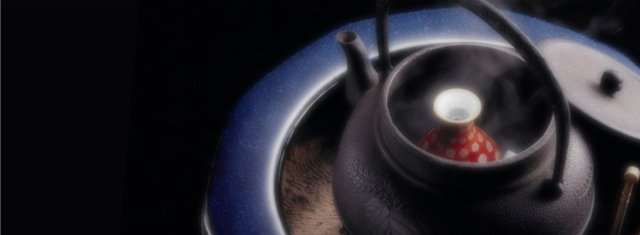
Kanzake. Japanese Hot Sake.
In Japan, heating up Japanese Sake is called ‘Okan suru’ and Japanese Sake served warm is called ‘Kanzake’. This uniquely Japanese method of heating Sake has a surprisingly long history and can be dated back over 2000 years.
By heating Sake you are able to enhance the complex flavors in Japanese Sake. These flavors can spread across the palate and give a deep, full-bodied flavor when swallowed. It is a good idea and can be fun to experiment with different temperatures to see what temperature you like your hot Sake.
See below for some easy methods to achieve the best results when heating your Sake. Temperature preferences vary from person to person, however, overheating Sake can make it very dry and destroy the delicate balance of the flavors.
How to prepare delicious Hot Sake
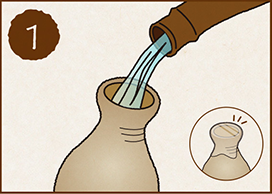
The key is to not leave the Sake decanter in the water for too long!
Fill the Sake decanter till it is 90% full then cover the mouth with plastic wrap to prevent the aroma from escaping.
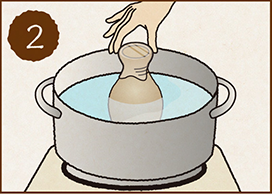
Prepare a pot filled with water. To measure the water level, place the sake decanter in the pot. Adjust the water level to about the middle of the decanter. Then remove the sake decanter from the pot.
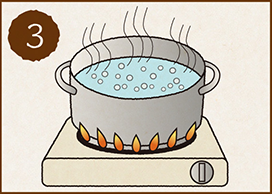
Bring the water to a boil, then turn off the heat.
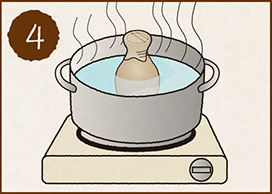
Once you have turned off the heat, place the Sake back into the hot water.
【Tip】
Make sure the water is boiling hot, not lukewarm. Leave it in the pot for only a few minutes to avoid alchol from evapolating. Longer you leave it in, more alchol you lose.
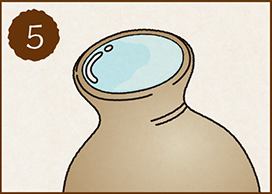
Remove the Sake decanter from the pot when the Sake rises to the mouth of the decanter.
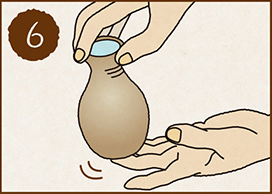
Carefully feel the bottom of the decanter, and if it feels relatively hot, the temperature of the Sake should be just right.
【Tip】
*Note that the temperature will feel different depending on the material and thickness of the decanter. Generally “Nurukan”, 104°F (40°C) to “Jokan” 113°F (45°C) is the ideal temperature for Hot Sake, however preferences vary greatly from person to person. Have fun experimenting with different temperatures to see which one is best for you.
Preparing Hot Sake in a microwave oven
The temperature in a microwave increases rapidly therefore it is not really recommended for preparing hot Sake, however if you prefer to use a microwave, place plastic wrap around the mouth of the Sake decanter before heating.
Heating 180ml of Sake for approx. 40 seconds (*600W) will bring the contents to approx. 104°F (40°C) which is “Nurukan”.
When using a microwave oven the temperature at the top and bottom of the Sake decanter will vary. This can be resolved by removing the decanter after 20 seconds and swirling the Sake to achieve a consistent temperature. Then place it back in the microwave and continue heating until you reach your desired temperature.
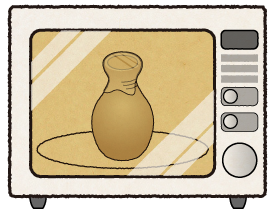
【Tip】
When using a microwave oven, the temperature at the top and bottom of the decanter will vary. This can be resolved by removing the decanter after 20 seconds and swirling the decanter to achieve a consistent temperature. Then place it back in the microwave and continue heating until you reach your desired temperature.
